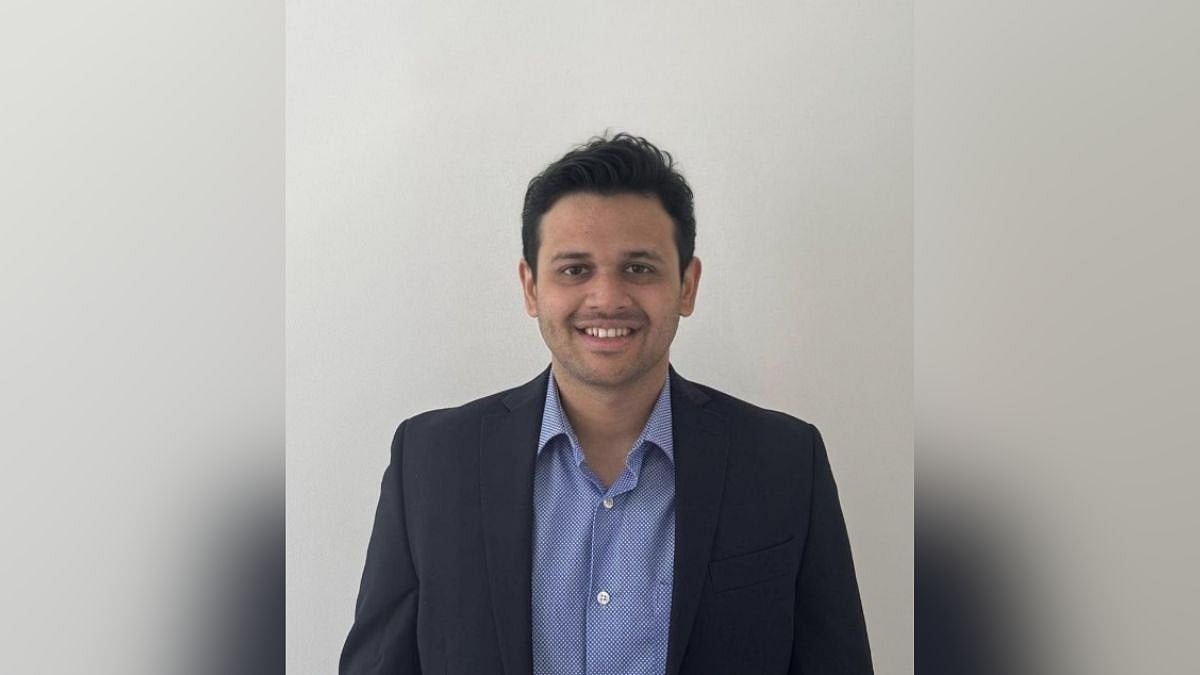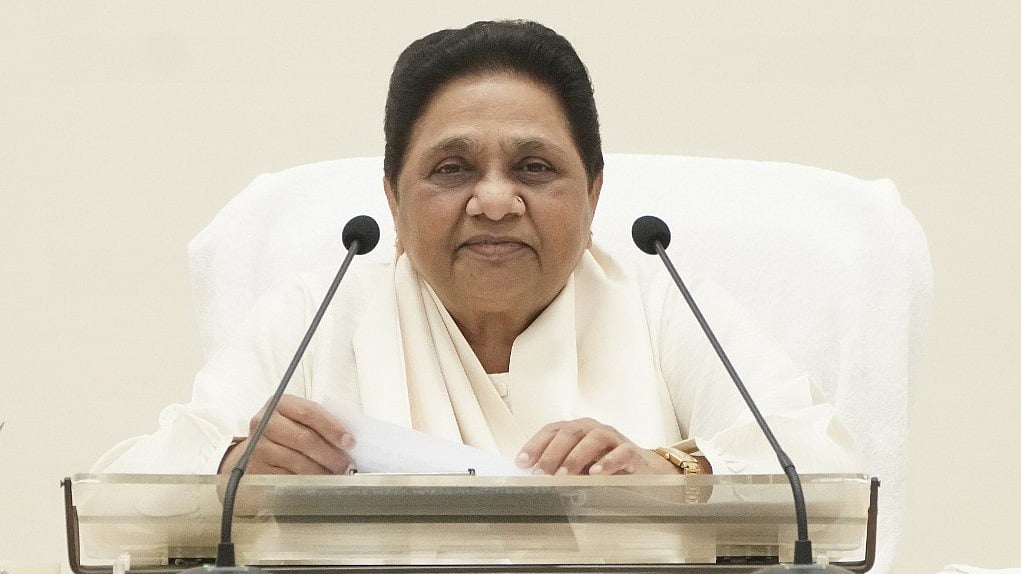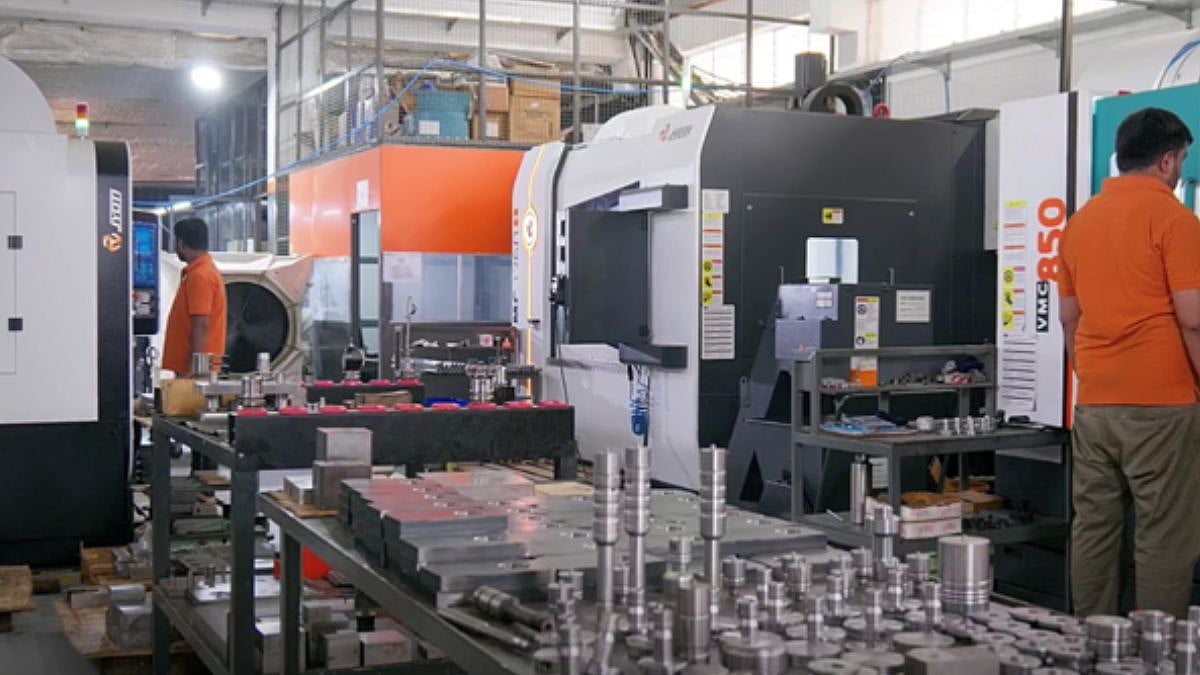The amazing success of the Post-Operative Wound Drainage System project is a monument to strategic leadership and regulatory knowledge in the complicated world of medical device development, where innovation and regulatory compliance must live together. Abhishek Pandurang Benke led this crucial medical device project from idea to market-ready product, establishing new benchmarks for operational effectiveness and regulatory compliance in the heavily regulated medical device industry.
In the highly competitive medical device industry, the project had to balance retaining innovation pace with managing strict regulatory restrictions. Benke assumed the pivotal role of bridging the gap between regulatory compliance and technological development, reporting directly to top management and working with cross-functional teams to guarantee conformity with FDA and ISO 13485 criteria. In addition to technical proficiency, this delicate balance necessitated a thorough comprehension of the regulatory environment and its changing needs.
This success story was largely due to Benke's creative approach to quality control and regulatory compliance. He created a strong foundation by putting in place extensive Standard Operating Procedures (SOPs) and carrying out exhaustive internal audits, which not only guaranteed compliance but also improved operational efficiency. He believed that rather than considering regulatory needs as post-development issues, they should be included into the development process from the beginning. Reducing expensive adjustments later in the development cycle and averting any compliance concerns were made possible by this early strategy.
There were significant technological obstacles to overcome during the project. In order to satisfy stringent medical safety regulations, the team had to create a post-operative wound drainage system that was both affordable and easy to use. In juggling these conflicting expectations, Benke's leadership was essential in making sure that creative solutions were created without sacrificing legal compliance. The team was able to stay focused and on course throughout the project because to his ability to convert intricate regulatory requirements into practical development instructions.
Notable was the quality management system's adoption under Benke's direction. His methodical approach to documentation and process control established explicit guidelines for all facets of product development and testing. The design control methods, validation techniques, and thorough risk management processes contained in this all-inclusive system were precisely in line with ISO 13485 criteria. The final architecture served as a scalable model for upcoming advancements in medical devices in addition to supporting the ongoing project.
This strategic strategy had significant and immediate effects. Benke achieved a considerable reduction in the time-to-market for the wound drainage system by streamlining the regulatory approval process via careful planning and execution. He demonstrated his ability to strike a balance between speed and compliance by achieving this acceleration without sacrificing the strict quality and safety requirements necessary for medical equipment. The business was able to save a significant amount of money and gain a competitive edge because to the regulatory procedure' increased efficiency.
The success of the project was greatly influenced by the management of the stakeholders. Benke made it possible for development teams, regulatory specialists, quality assurance specialists, and senior management to communicate effectively. His ability to clearly and concisely communicate intricate technical and regulatory requirements made it possible for divisions to work together seamlessly. To keep everyone in line with project objectives and legal requirements, regular stakeholder meetings and progress reports were held.
The most remarkable aspect of the project's success was that it went beyond simple regulatory compliance. The group set new standards for the application of quality management systems in the creation of medical devices under Benke's direction. His ability to facilitate communication between technical teams, regulatory specialists, and quality assurance specialists made sure that all aspects of the product development were in line with market demands and regulatory regulations. The resulting quality management system served as a template for other organizational efforts.
Senior management acknowledged his involvement in creating a more effective and compliant development process, demonstrating the widespread recognition of his leadership influence inside the firm. For the company's next medical device initiatives, his accomplishments in accelerating regulatory clearances while upholding quality standards established new norms. Later projects continued to benefit from the improved documentation systems and streamlined procedures he put in place, adding long-term value for the company.
This project was more than simply a regulatory accomplishment for Abhishek Pandurang Benke; it was a turning point in his professional growth. His knowledge of the delicate balance between innovation and compliance in the creation of medical devices has grown as a result of the experience, which has also improved his ability to guide cross-functional teams through challenging regulatory environments. His accomplishments showed how crucial it is to drive medical device innovation by fusing technological know-how with regulatory competence.
The project's knowledge transfer component was very important. To make sure that team members comprehended the technical facets of the gadget as well as the legal criteria guiding its creation, Benke set up extensive training sessions. A more competent and informed staff that is better prepared to manage upcoming medical device projects was produced by this investment in team development.
The medical device sector as a whole will be affected by this success. For upcoming medical device projects, Benke's strategy for incorporating regulatory compliance into the development process serves as a template. His achievement shows how strategic leadership may sustain innovation momentum while successfully navigating the complex regulatory landscape of medical devices. For businesses looking to expedite product development and enhance their regulatory compliance procedures, the project has emerged as a benchmark.
The project is a shining example of regulatory excellence in the creation of medical devices going forward. Benke's belief that careful attention to regulatory standards, together with effective process management, may speed up product development while maintaining compliance is validated by this. With ever-more-complex regulatory requirements driving the medical device industry's evolution, this project is a powerful illustration of how dedicated leadership can lead to successful outcomes in both innovation and compliance.
About Abhishek Pandurang Benke
In the medical device business, Abhishek Pandurang Benke has distinguished himself as a specialist in quality management systems and regulatory compliance. His extensive background includes technical innovation, regulatory relations, and project management. He is especially skilled at negotiating intricate regulatory frameworks like as FDA standards and ISO 13485. Benke's leadership in cross-functional teams has shown him to be a remarkable bridger between technological innovation and regulatory compliance, continuously producing solutions that satisfy both market demands and legal standards. Best practices in the creation of medical devices are still influenced by his dedication to regulatory compliance and quality control.
His understanding of both technical and regulatory aspects of medical device development has made him a valuable asset in an industry where compliance and innovation must work hand in hand. Benke's success in implementing efficient quality management systems while fostering innovation has established him as a thought leader in the medical device sector, particularly in the areas of regulatory strategy and compliance management.









